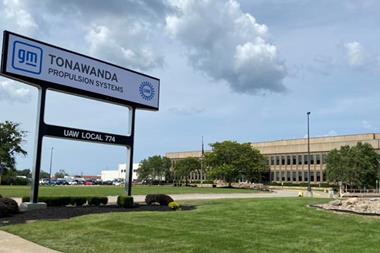Automotive suppliers buying and spinning their way into high tech segments
By Daniel Harrison and Christopher Ludwig2020-02-05T06:45:00
As BorgWarner’s acquisition of Delphi Technologies shows, tier one automotive suppliers are turning to acquisitions and restructuring their business to focus on advanced technology, helping to protect margins, avoid commodification and transition to electrified powertrains
In our latest report focused on the operating profits of major automotive suppliers, a general trend emerges of margins under stress, with most companies on a downward trajectory.
However, those suppliers with better performing margins are often those producing more dynamic, specialised technologies, for example in advanced electronics or driver assistance systems, rather than those focused on highly commoditised products, such as seats or mechanical engine parts.
We expect that this divergence in financial performance is likely to continue as vehicles take on more sensors, electronics and software. If suppliers are to protect their profit margins, they will need to offer more than products available at the lowest bid.
Log-in or register for free to read this exclusive analysis on business model strategies for tier suppliers including Aptiv, BorgWarner and Continental. It will also give you access to our free, 80-page report examining the profit margins and business outlooks for global automotive suppliers, ”Automotive Tier Supplier Analysis: Mitigating Margin Compression Whilst Navigating Unprecedented Industry Transformation.”










































